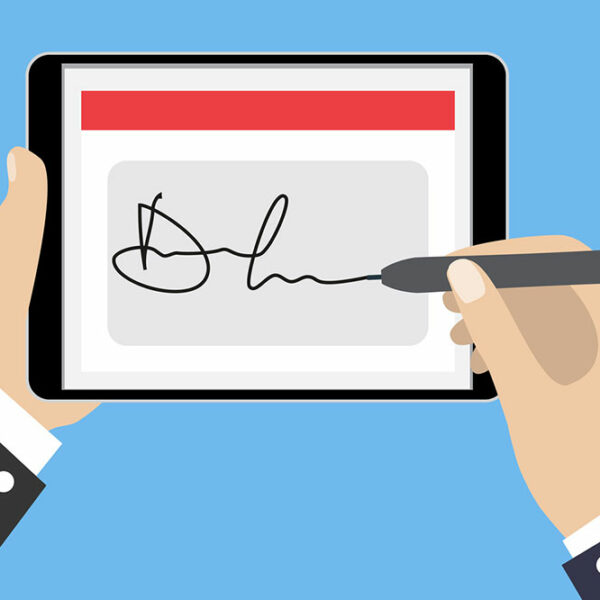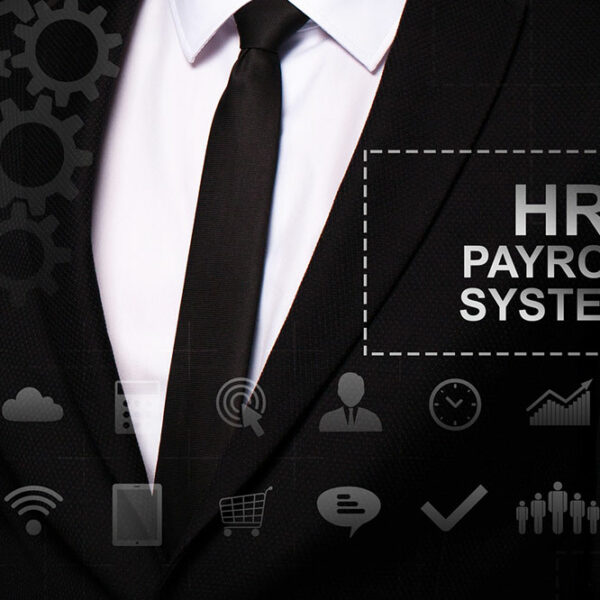
A beginners guide to buying software
A new PC user with their first computer are always surprised to know that getting the right software can improve their computer’s productivity. Buying the wrong software can spell disaster for your computer and your needs. Buying good software can help you enhance the user experience. If you’ve always wondered what to look for but weren’t quite sure how to go about buying your first software package, we’ve got you covered. Here are top 5 tips for buying the right software. Choose Your Supplier: Custom made software designed by a private firm or an off-the-shelf product like MS Word offer to you different advantages. A good supplier will be able to point out which one will suit your needs best. They offer well established customer support and are reliable. Custom Made Vs. Off-The-Shelf: Off the shelf software programs come with yearly updates so they are safer bet. However, the downside is they are expensive and cannot be customized to your needs. They come set with certain features. The pros of getting custom made software is the customized support you need. The con is that you don’t quite get a guarantee or warranty with it. Updates may not be available yearly and may depend on how frequently the developers provide them.









